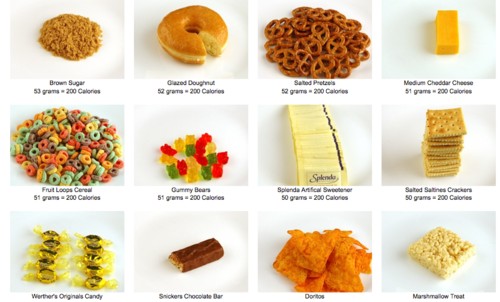What many people seem to be missing when I watch and talk to others about their workouts is an appropriate rest and recovery cycle. What a lot of people don't know is how to use rest properly so hopefully this will help us sort it all out! In order for us to tackle this subject we will have to identify our overall fitness goals.
Fat burning and muscle tone- This is the category that most women will fall into as well as those guys trying to lose a little bit of extra body fat to tighten up their already built frame. The rest time to aim for in this type of workout generally lies between 30 seconds to 1 minute in between sets. While working out for this type of build you want to look at high reps (12-15 reps and higher) and low weights with minimal rest. The overall goal is to get that heart rate up and to exhaust your muscles with reps rather than weight. This allows you to burn more calories and increase your metabolism. If you are resting too much in between exercises your heart rate will lower and your workout will be less affective. I generally get people to do a few exercises in a row before getting around 1 minute of rest, or recommend 30 seconds between sets of exercises that are done just by themselves. Long story short, KEEP THE REST SHORT if you want to get the best results. Note: this style of workout is great for building up cardio as well and even you muscle heads can add a couple exercises like this to the end of your routine to help you keep that body looking ripped and not just big!
Hypertrophy and muscle size- For most people, they think the heavier they lift the bigger they will get and this simply just isn't always the case. For muscle building you want to aim for mid range reps (8-12) and you want your rest to be longer than the example above. I usually recommend 1 minutes to a minute and a half. This style of workout is taxing on your muscles, and if you want to maximize the muscle gains, your body will need to be decently rested before jumping into another set. As a guideline I lift in this category most of the year and I stick to around 1 minute of rest. For those exercises that are more taxing or super-sets (two exercises back to back) try to lean closer to a minute and a half. Remember, too long and your muscles will not get the exhaustion they need, too short and your muscles will not be ready for the strength and muscle gains.
GET SLEEP! When our bodies sleep they rebuild and recover. If we are shortening our sleep we are shortening our healing time. Cutting your rest short means you are cutting your workouts short. If you don't rest at night you won't get near the gains or results you want!
Lastly, I will be touching on rest away from the gym. This is one area I see a lot of people getting wrong and they are only wasting their time. One major thing people have to realize is that recovery is very important. You shouldn't be at the gym 7 days a week and nor should you be. You should always have a day of rest in between muscle groups (note this doesn't mean you can't workout legs on monday and chest on tuesday). This means I shouldn't see you on the bench press on monday and tuesday. Think about what working out is, it's like renovating. Imagine you are building a brick wall, only you have to take down and break a few bricks before adding more new ones. If I tear down bricks on monday working bench press I need to build that wall up bigger and higher before breaking and building on it again. If I work out on tuesday doing the same thing you will essentially tear the same walls down twice and your recovery phase can be prolonged and you can potentially injure yourself. It leaves you back at square one. So make sure when you need a rest day you take it. Your body will need it and it shouldn't hurt your progress. One exception to this is cardio. Doing steady cardio does aid with recovery and this can be done on off days, in fact I recommend it!
Hopefully that helps everyone arrange their workouts a little better. I always wear a watch so it helps me with this, but I have also used the clocks all around the gym if they have a second hand. Not only will this help you get the most of what you are already doing, it can help the flow and efficiency of your workouts. Remember, lack of rest can lead to over training and injury so let's workout to stay healthy!
NOTE: If you see someone working out on a specific timed rest cycle like this (myself included) try not to stop and talk to them for long periods of time in the gym. It can essentially waste entire sets and only hurts their workout!
Keep working hard during this summer but make sure you don't waste all of it in the gym! Get outside and find exercise in the sun!
Cheers
Ryan Trueman
.JPG)






.jpeg)

